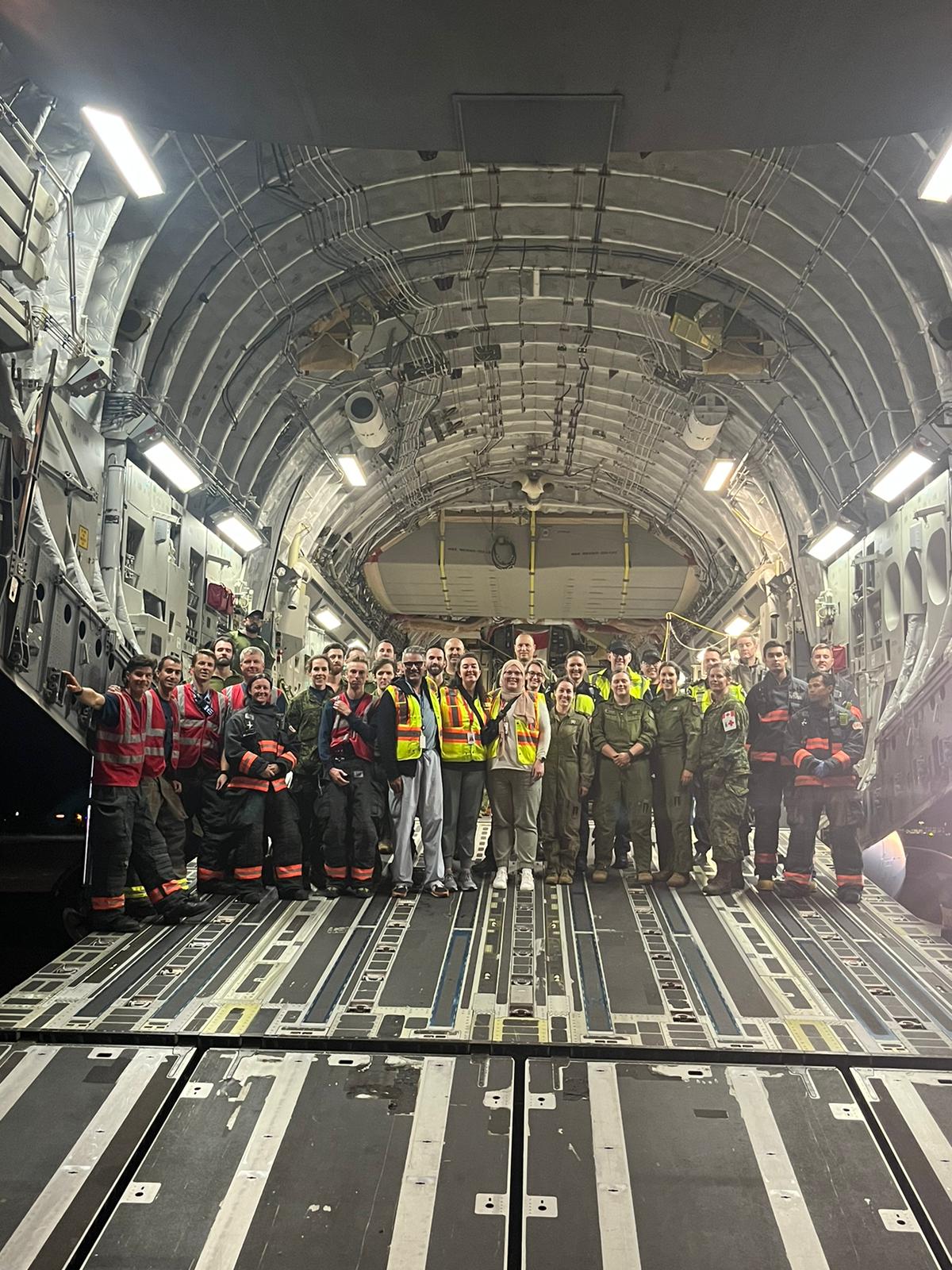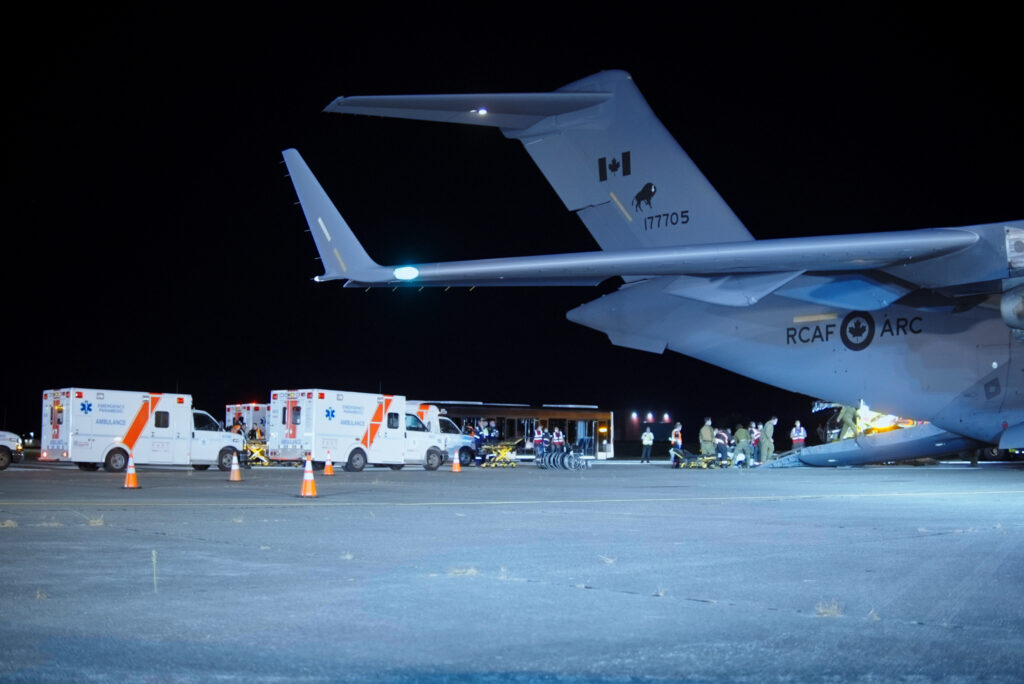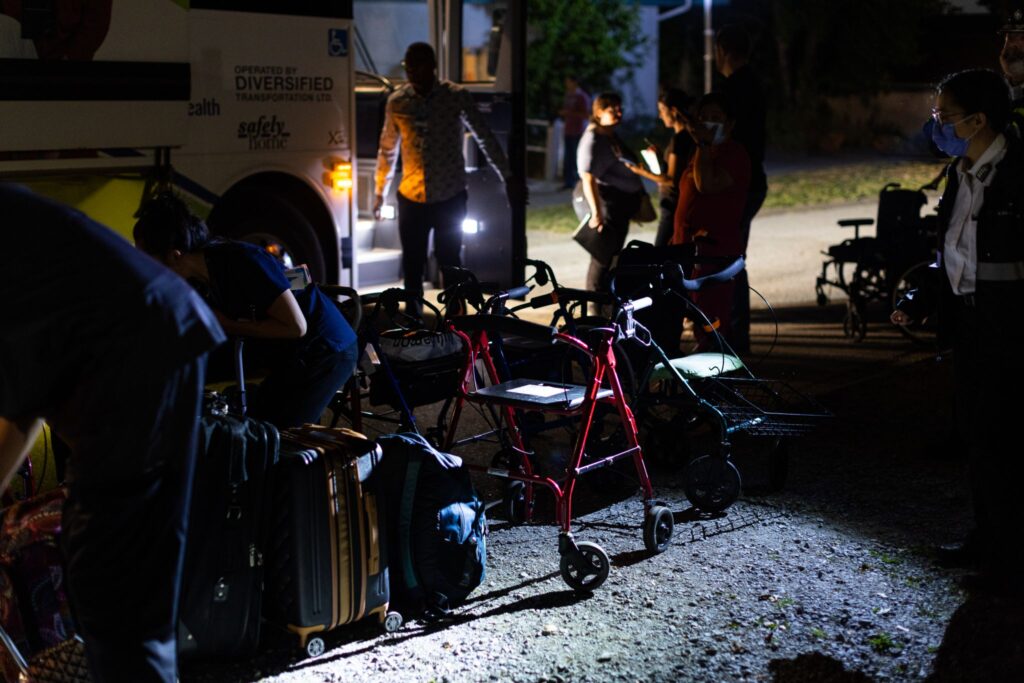HEMBC’s crucial role in the 2023 wildfire evacuations
The summer of 2023 posed unprecedented challenges for the health care system as wildfires ravaged British Columbia and the Northwest Territories and forced widespread evacuations. A historic fire in August led to the relocation of approximately 35 Yellowknife hospital patients and care home residents to the Lower Mainland, while fires in the interior of B.C. affected 140,000 people, straining hospitals, and care centres.
Health Emergency Management BC (HEMBC) played a key role in managing this emergency, focusing on the safety of vulnerable populations.
We match care by assessing the patient’s needs and determining the appropriate placement,” says Maddy Laberge of HEMBC, highlighting the complexities of transporting patients from planes to hospitals.
As climate change continues to escalate the frequency and intensity of disasters, innovative solutions and effective communication and collaboration are becoming more important.
Reflecting on previous evacuations during the 2021 wildfire season, HEMBC learned from the experience of evacuating 780 patients from the B.C. interior to the Lower Mainland. During the debriefing process of this event, the growth of climate-related threats was acknowledged. “Climate changes have led to increased wildfires, flooding, heat events, and other extreme weather events,” Maddy notes, underscoring the pressure on health care services.
To strengthen future evacuation responses, HEMBC created a provincial project team and developed the Inter- and Intra-Health Authority Relocation (IIHAR) toolkit. This toolkit focuses on patient-centred, culturally safe evacuations, clarifying emergency roles and enhancing communication across health authorities.
Central to response are emergency operations centres (EOCs), which facilitate the logistical challenges of evacuating patients to suitable facilities. EOCs collaborate not only among themselves but also with a multitude of partners and specialized working groups to assign patients requiring evacuation to suitable hospitals and care centres capable of meeting their medical needs.
The IIHAR toolkit was tested during the record wildfires of 2023, proving essential in managing the evacuations and ensuring evacuee safety. EOC staff had to put in long hours to support the response and two evacuations back-to-back was “very taxing.” Still, HEMBC was prepared.
It’s easy to think of health care innovation as limited to medical advancement, but innovation occurs in all aspects of the health system, including providing patient care during emergencies and disasters,” emphasizes Maddy. “Without a strategic and coordinated response, these events can have a big impact on the health care system. We have to work together because we never know when we can be the centre of the next event and will need support.”









